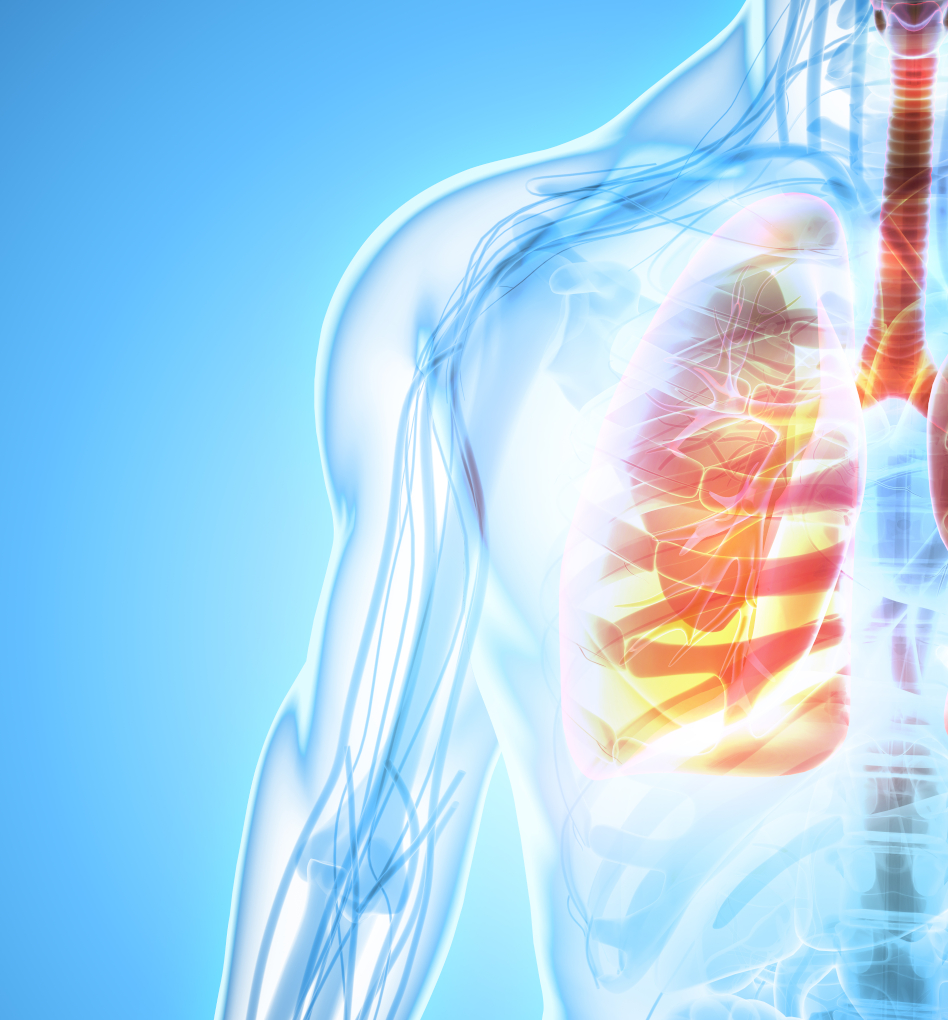Currently, all efforts are focused on patients with acute diseases. All hospitals are crowded with severe patients with COVID-19 who need emergency care to save their lives.
On the other hand, the number of people recovering from the virus is also steadily growing. Indeed, most of the patients have mild symptoms and it is expected that they will not have any complications after recovery. Nevertheless, the results of a computerized tomographic chest scan usually display abnormalities even in those with mild symptoms (Singhal T., 2020) that in due course results in symptoms associated with respiratory dysfunction.
Hong Kong’s Hospital Authority has revealed that 25% of patients who recovered from 2019-nCoV suffer from impaired pulmonary function and shortness of breath while walking.
“They gasp if they walk a bit more quickly”, Tsang told during a media briefing on Thursday. “Some patients might have a drop of around 20 to 30 percent in lung function [after recovery].”
These observations are based on a very small group of subjects and hence they may not be entirely accurate, however, they indicate the main issues the patients may face at the stage of rehabilitation.
As for severe cases, it depends on the severity. “If a patient develops viral pneumonia and has interstitial edema in the lungs which then leads to fibrosis of the organs his life quality will be affected to some extent” – it was mentioned during a presentation by Zhi Xiuyi, Chief Department of Thoracic Surgery at Xuanwu Hospital, Capital Medical University.
As early as the nineteenth century there was social wisdom and medical knowledge that respiratory illnesses may improve in the mountains. The sanatoriums for respiratory patients, traditionally, were located at moderate altitude in the mountains. The first medical reference we found about bronchial asthma and altitude is an inquiry between the doctors of Davos referring that 133 among their 143 patients with bronchial asthma that spent their holidays in this mountain town, did not present any acute episode of asthma and that 81% reported persistent improvement of the illness (Turban and Spengler, 1906).
In fact, several medical studies have shown the usefulness of intermittent hypoxia exposure as a treatment for bronchial asthma and COPD (Harrison et al., 2002; Serebrovskaya et al., 2003). The researchers describe a significant improvement in the clinical picture of bronchial asthma and COPD or even complete recovery. In particular, it was shown that COPD patients after IHT have improved respiratory function (based by spirometry), which results in a prominent decrease of shortness of breath under physical load.
Moreover, intermittent hypoxia increases exercise tolerance in patients at risk for or with mild COPD (Burtscher et al., 2009), just like in cardiac patients (Glazachev et al. 2013, 2018) and elderly patients with dementia (Bayer et al. 2017) – “Repeated and well-dosed hypoxic exposures seem to be capable to evoke beneficial adaptations of the cardio-respiratory system, resulting in improved exercise tolerance”.
Increased exercise tolerance in elderly and cardiological patients, even if such load is not present, has been demonstrated in studies to be an additional advantage of this method while motor activity is limited during quarantine and self-isolation.
Considering that in most cases, as per the WHO data, viral pneumonia develops in patients over 80 years of age, and the severity of the disease depends upon both the patient’s age and the presence of concomitant pathology, the main requirements for IHT are as following
- individual dosing of hypoxic effects based on changes in the physiological parameters of the body in response to hypoxia,
- monitoring the patient’s condition (SpO2 and heart rate) throughout the procedure with the possibility of automatic correction of exposure parameters (duration of periods of hypoxia and reoxygenation) in response to changes in the patient’s parameters (biological feedback)

Image credit: Sports Rehabilitation